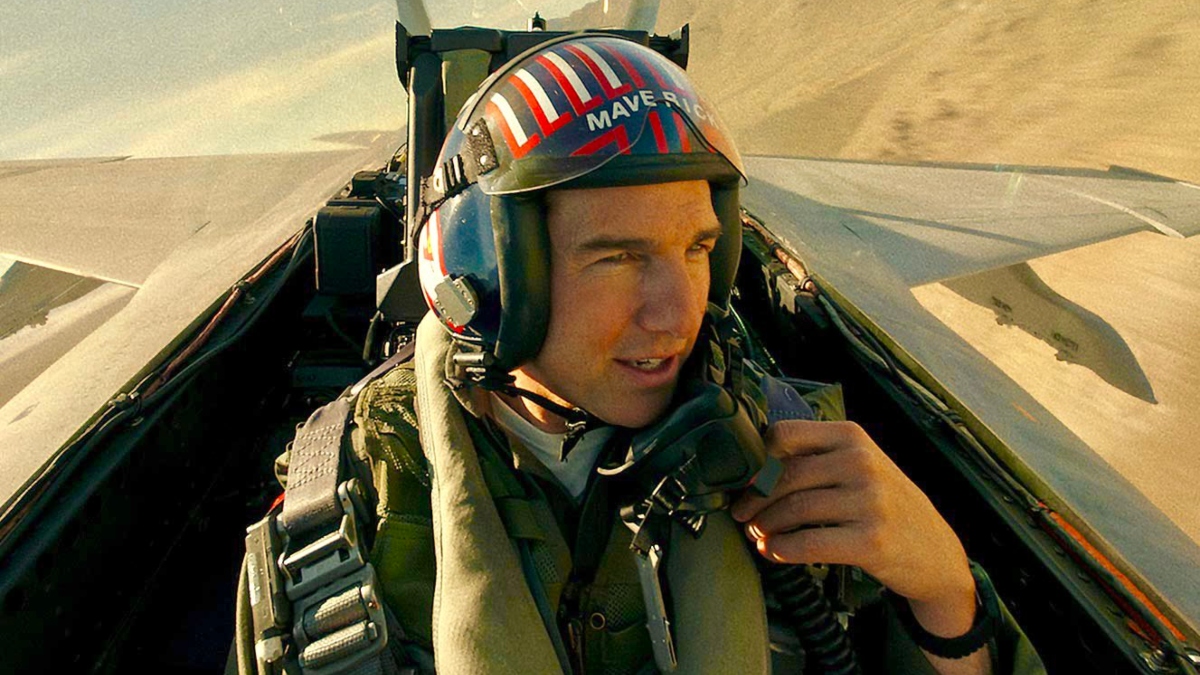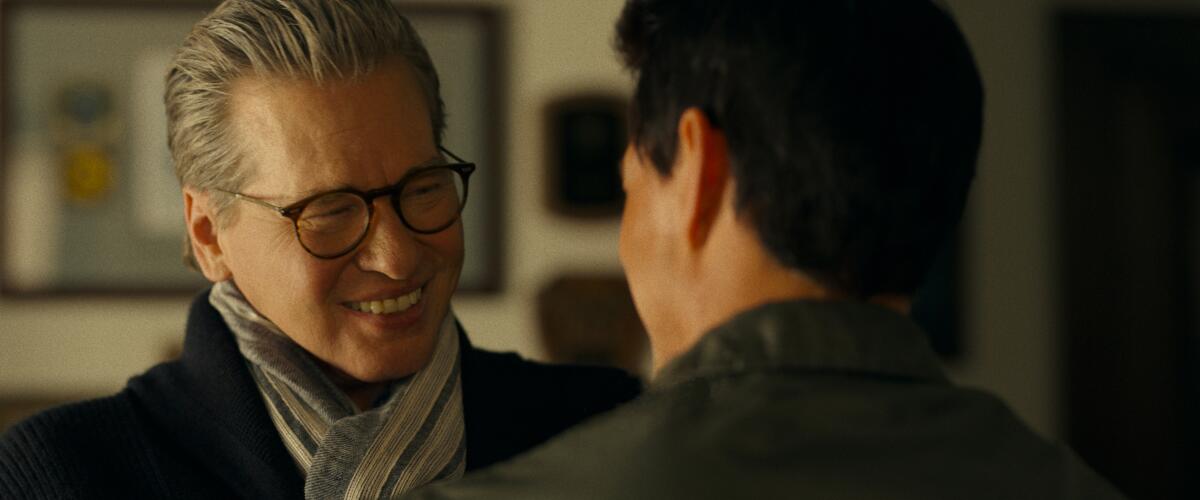Top Gun and Top Gun Maverick: a sequel done right
Top Gun and Top Gun: Maverick: the same, but better?
You know a film franchise has got it right when it can recycle its opening titles shot-for-shot and still make a good film. That’s exactly the case with Top Gun. I think many people were actually quite taken aback by how much they enjoyed Top Gun: Maverick, either more so than the original Top Gun or just as much. But what is it about these two films which has made them into such a successful duo?
For anyone who’s familiar with the original Top Gun, it’s clear that Maverick is leading us through a very similar storyline. This isn’t necessarily a bad thing in this case, though. Oftentimes, rehashing the original storyline and just replacing the principal characters with younger versions doesn’t work at all, but that’s not the sense we get with Maverick. By reviving the original story, audiences can lean into a sense of nostalgia they might associate with the original film, putting them more at ease when they’re dealing with a new set of characters and a new story. However, because the sequel is clearly dealing with a different timeline to the original, the story and the characters can be invoked and referenced without the audience feeling like the story is just being copied and pasted. In other words, there are enough deviations from the original for Maverick to feel fresh, but enough tying the new film to the original to create a strong sense of connection and homage. The opening title sequence is an important point of connection between the two films, and a good example of how this “same but different” thing is working. The opening titles sequence immediately grounds and centres the audience, and pays homage to the original before making any departures. It creates a neutral space for audiences who are new to the film, and audiences who are acutely familiar with Top Gun, alike.
Overall, Maverick was a successful sequel because it balanced the old and new, it acknowledged the success of the original film (and the things that made the film a success) and incorporated those elements, whilst recognising that it did need to do something different, follow a different character or story. It made space for characters to develop meaningfully, not just drop off into obscurity to make room for new blood. It made space for audiences to gain closure for characters like Goose and Iceman, through Maverick, whilst looking to the future with Rooster and the next generation of Top Gun graduates.




Comments
Post a Comment